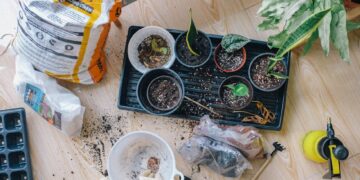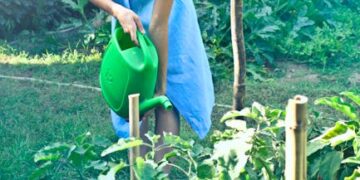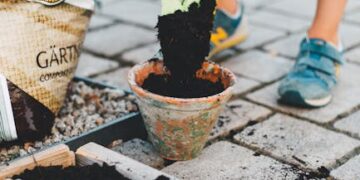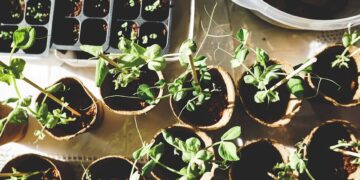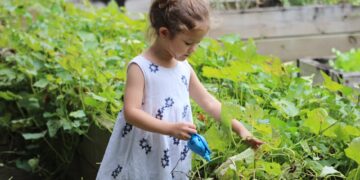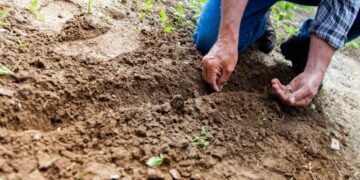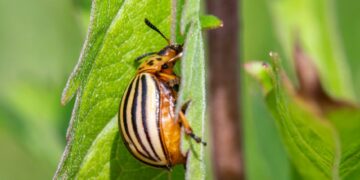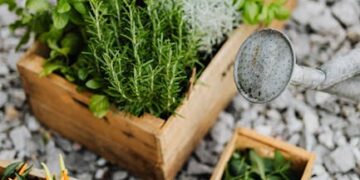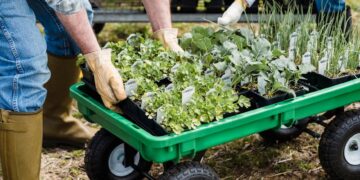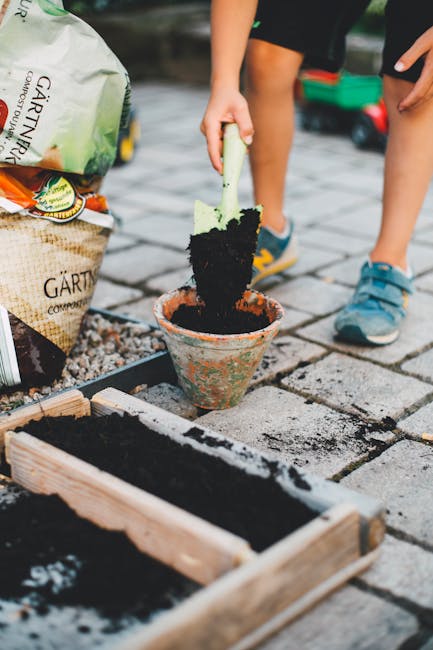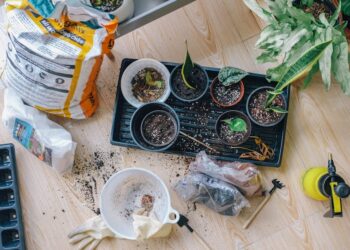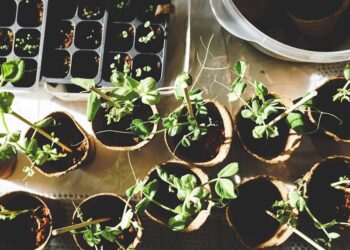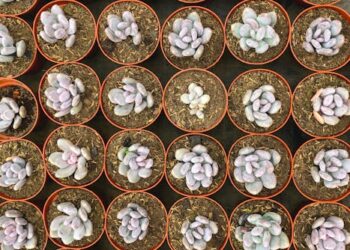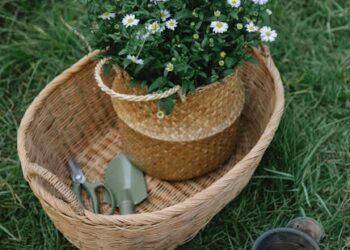Environmentally Conscious Gardening: A Guide to Green Thumb Ecotopia
Are you eager to turn your garden green not just in color, but also in practice? Environmentally conscious gardening is an enlightening pathway to merging nature with sustainable practices, ensuring that as you nurture your plants, you nurture the planet too. This essential guide dives into the art of green gardening, promising not only to spruce up your space but also to significantly lower your ecological footprint. Let’s cultivate an oasis that is as good for the Earth as it is for your soul.
Understanding Environmentally Conscious Gardening
At its core, environmentally conscious gardening is about making eco-friendly choices in your garden. It advocates for methods that support biodiversity, reduce waste, and minimize chemical use.
Why Practice Eco-Friendly Gardening?
Eco-friendly gardening plays a crucial role in conserving resources, supporting local wildlife, and reducing chemical runoff into our water systems. Plus, it can transform your garden into a vibrant habitat for a variety of species—from buzz-worthy bees to chirping birds.
Getting Started with Your Eco-Friendly Garden
1. Composting: Turning Waste into Gold
Composting is a process where organic waste decays to produce a rich, natural soil additive known as compost. By composting kitchen scraps and yard waste, you not only reduce landfill waste but also enrich your soil, reducing the need for chemical fertilizers.
2. Water Wisely: Conservation Techniques
Water conservation is pivotal in sustainable gardening. Employing rain barrels to collect runoff water or setting up drip irrigation systems can significantly cut down your water usage.
3. Choosing the Right Plants
Select plants native to your region as they are adapted to local weather conditions and require less watering and pest control. This way, you’ll save on resources and provide a natural habitat for local wildlife.
Advanced Sustainable Gardening Practices
Natural Pest Management
Instead of reaching for harmful pesticides, opt for natural pest control methods. Introduce beneficial insects like ladybugs or use barriers and traps to keep pests away. Neem oil and other natural herbicides can protect plants without the toxic side effects.
Solar-Powered Garden Tools
Swap out gas-powered lawn mowers or trimmers for solar-powered equipment. This switch not only cuts down on fossil fuel consumption but also reduces air and noise pollution.
Maintaining Your Green Garden Year-Round
Seasonal Care
Understanding the specific needs of your garden through the seasons is crucial. From protecting plants in winter to optimizing water use in summer, seasonal care ensures your garden thrives all year round while maintaining eco-friendly practices.
Continuous Improvement
Stay informed about new sustainable methods and technologies. Gardening is an evolving activity, and staying updated can offer new ways to enhance the environmental friendliness of your garden.
Frequently Asked Questions
What are the best plants for an eco-friendly garden?
Native plants are usually the best for eco-friendly gardens because they require less water, fertilizers, and pesticides. Research local plant species or consult with a gardening center to find the best options for your area.
How do I start composting at home?
Start by choosing a suitable bin or designated area in your yard. Add equal parts green (kitchen scraps, lawn clippings) and brown (dry leaves, branches) materials. Regularly turn your compost pile to help it decompose faster and use mature compost to enrich your soil.
Conclusion
Environmentally conscious gardening is not just a hobby; it’s a sustainable commitment to our planet. Integrating simple practices like composting, water conservation, and using native plants can profoundly impact the environment. Your garden is a living space—a small but mighty force in the ecological well-being of our planet. Ready to get started? Your eco-friendly gardening adventure awaits!

